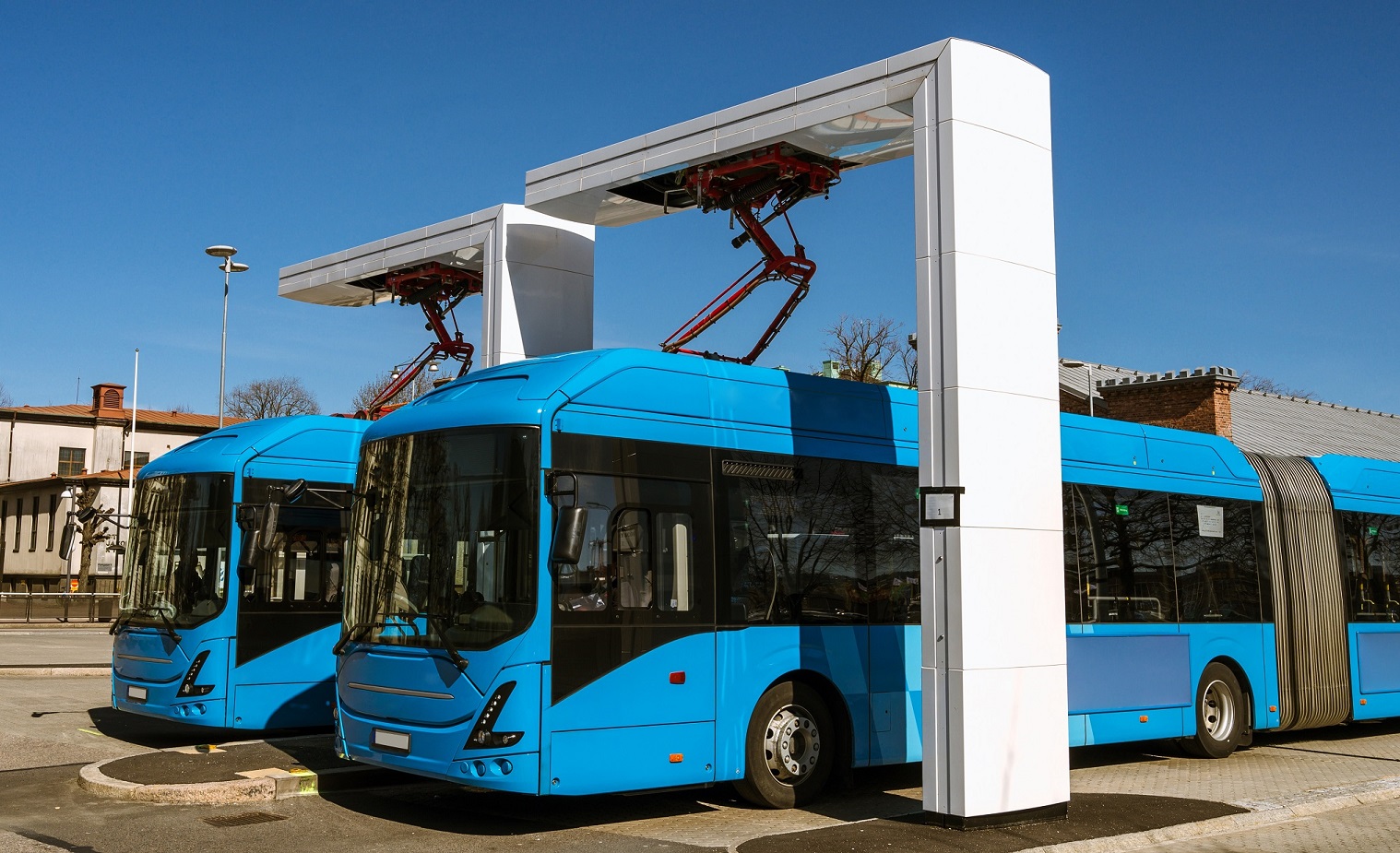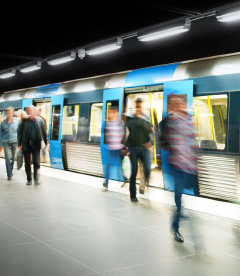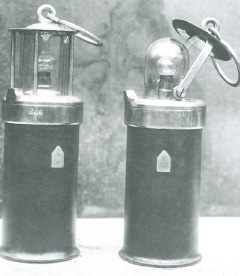Electric Buses on the fast Track
Application
March 4. 2025
2 min.
Buses and trolleybuses used to be easily distinguishable, but the line between them begins to blur as both are now running on battery power with overhead charging.

Since the 1990s, trolleybuses have been commonly equipped with an auxiliary drive, giving them at least partial off-wire capability. This comes handy to get around road blockage or in case of any emergencies, as well as it facilitates handling the vehicle in depots. For these purposes, either batteries or diesel engines were used, while so-called dual-mode capable, or partial trolleybuses, i.e. those that can operate off-wire for longer distances, couldn’t do without a combustion engine.
However, even in a partial trolleybus, the diesel engine was typically used for a rather short period of time, maybe to cover just a few kilometers. It therefore had not enough time to warm up which negatively affected the engine’s lifespan and increased maintenance requirements. While at the same time, lead-acid, Ni-Cd, and NiMH batteries weren’t suited for dual-mode operation either, given their relative size and weight. But then Li-ion batteries came along, and partial trolleybuses quickly turned from oddity to industry standard.
Driving off with batteries
Lithium-based chemistries are known for their superior energy density and specific energy, allowing them to be more compact than whatever came before them. However, a trolleybus is not your smartphone with its Lithium iron phosphate (LFP) or Lithium nickel magnesium cobalt oxides (NMC) battery. In such a large vehicle, spatial constraints are somewhat less of an issue, and given the trolleybus spends much of its operational time under the wires, storing large amounts of energy is less important.
What is crucial though is that the heavy vehicle’s battery is able to release a lot of energy very quickly, i.e. has a high power density value. And that it lasts for a high number of cycles as the trolleybus will be operating on a daily basis for a decade or two, and you don’t want to be replacing the battery over and over again. This is why, while consumer electronics and also EVs are often equipped with LFP or NMC, trolleybuses mostly use lithium titanate oxide, or LTO batteries.
A partial trolleybus’ battery is charged in motion under the overhead wires and allows the vehicle to cover distances of more than 15 kilometers off-wire, or roughly the half of a typical trolleybus route. Which brings its operation closer to how an electric bus works. While overnight, an e-bus is charged at a plug-in or wireless charger in the depot, during operation, a metropolitan bus replenishes its batteries while stopped on a layover. Although in some systems, for instance in Geneva, the buses are briefly charged at each stop.
In most cases, the charging station features a structure overhanging the bus. From it, a pantograph is lowered to connect to the vehicle’s roof-mounted rails. But sometimes, it’s the other way around, as it is the bus that extends a pantograph from its roof to meet the overhead charger. Which is basically how a trolleybus operates, right. So, are these two types of urban transportation vehicles somehow merging together?
Full in an instant
In fact, they even use the same battery chemistry. It may seem like a big difference that while a trolleybus can recharge for the larger part of its route, an e-bus must do so much quicker. But that’s exactly what LTO is exceptionally good at thanks to the chemistry’s high power density. For comparison, LTO offers roughly double the watt per litre of volume than the NMC in your phone. This allows urban e-buses to fully recharge in just a few minutes, while with NMC it would take hours.
However, no matter how rare they may be in comparison to urban e-buses, intercity and suburban electric buses are also a thing. These vehicles obviously don’t need batteries with high power density as they are designed for overnight charging. But unlike their counterparts serving the city center, these buses need to last the whole day without charging. That’s why they need batteries with high specific energy, i.e. such that can fit as many watt-hours into each kilogram of weight as possible. Therefore, longer-distance e-buses use NMC with capacities around 200 kWh, giving them ranges of 200-300 km on a single charge.
In conclusion, partial trolleybuses and e-buses, at least those designed to serve dense urban areas, indeed share many similarities. In case you’re not sure what you are looking at, trolleybuses are usually equipped with the trolley pole, a type of current collector that is unique to them. Some early tram designs actually also used trolley poles, but today’s trams use pantographs just like the vast majority of urban e-buses does.
Podobné články
Let it Roll with Battery Power
July 1. 2024
2 min.
VíceBattery-Powered Ships? More Like the Future, but It’s Coming
September 13. 2023
2 min.
VíceOn the Wings of Electrolysis
March 9. 2023
2 min.
Více



